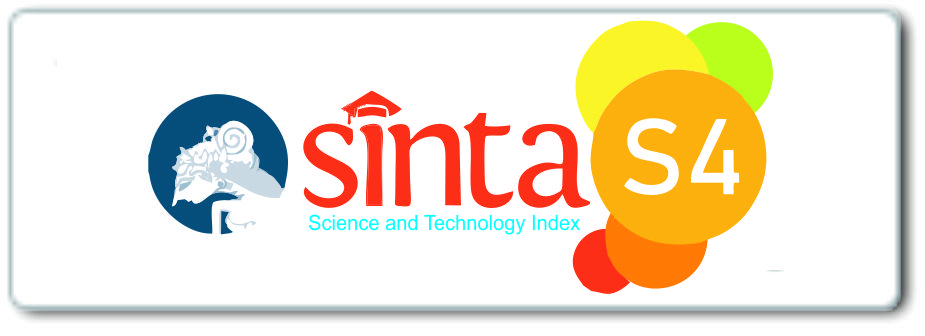Craniofacial Analysis of Igbo and Efik Undergraduates In A Southern Nigerian University: A Cross-Sectional Study
DOI:
https://doi.org/10.32734/ijma.v6i1.18127Keywords:
craniofacial, proscopic, cephalic, Igbo, EfikAbstract
Background: The classifications of both head and facial shapes are significant for understanding racial and ethnic differences in physical anthropology. Objective: The present study was aimed at evaluating the relationship between craniofacial shape classifications and the ethnicities of selected adult Nigerian students residing in a southern Nigerian university. Methods: The study was conducted among 166 students of both Igbo and Efik ethnicities of the College of Health Sciences of Madonna University, Elele campus. With the aid of sliding calipers, measurements such as face length and width, as well as head length and width were obtained. The proscopic and cephalic indices were calculated from the measurements to know their prevalence. The Chi-square test statistic was employed to examine the relationships between cephalometric indices and ethnic groups. Results: Results showed that unlike the cephalic Index, the proscopic index classification was significantly associated with the ethnicity of the participants. The Igbo group has a higher proportion of individuals classified as Hyperleptoprosopic (55.9%) compared to the Efik group (23.0%), while the Efik group has a higher proportion in the Leptoprosopic category. Conclusion: The study concluded that the difference observed between the two ethnic student groups in prosopic index classification was significant, hence a better predictor of facial shapes.
Downloads
Downloads
Published
How to Cite
Issue
Section
License
Copyright (c) 2025 Indonesian Journal of Medical Anthropology

This work is licensed under a Creative Commons Attribution-ShareAlike 4.0 International License.











